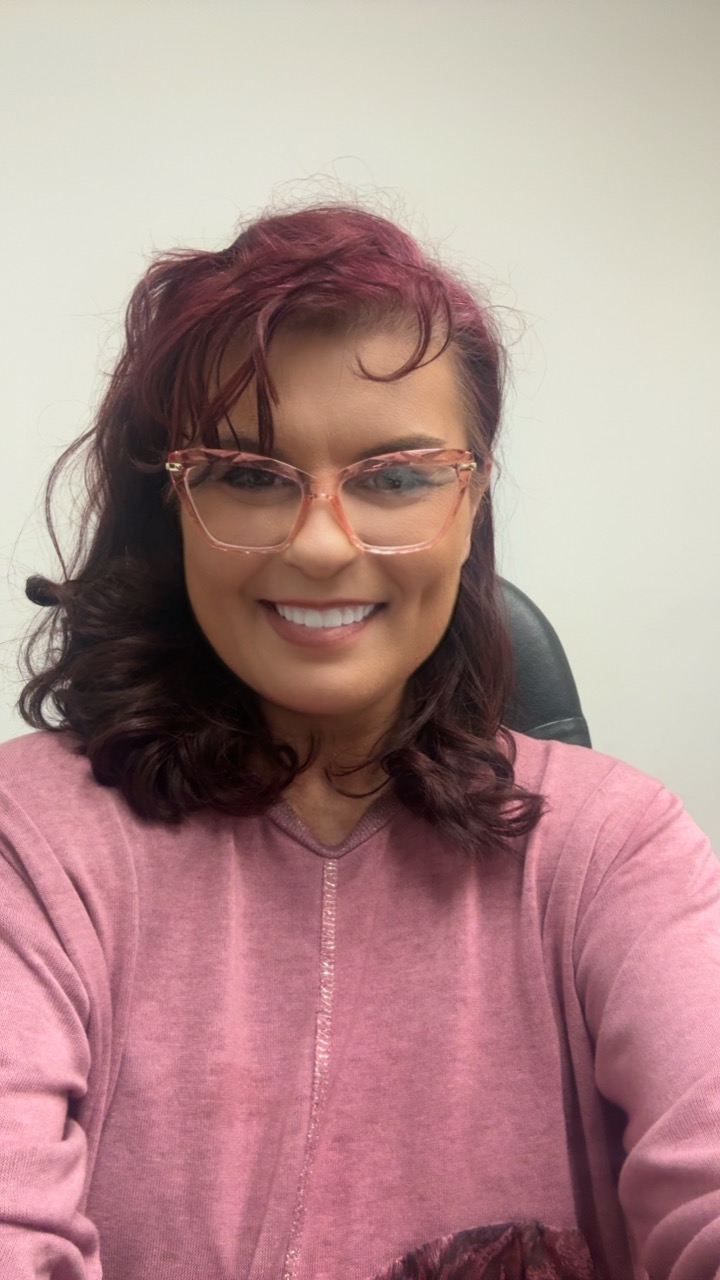Understanding Childhood Abuse
- Nancy Pusateri
- May 31
- 2 min read
Childhood abuse—whether emotional, physical, sexual, or neglect—can have deep and lasting effects. However, healing is absolutely possible, even though it often takes time, support, and a compassionate approach to self-understanding. Here's a breakdown of the impact and healing process:
Types of Abuse:
Emotional abuse: Verbal assaults, threats, rejection, constant criticism, manipulation.
Physical abuse: Hitting, beating, burning, or causing physical harm.
Sexual abuse: Any form of unwanted or inappropriate sexual contact or behavior.
Neglect: Failure to provide basic physical, emotional, or educational needs.
Possible Long-Term Effects:
Low self-esteem or self-worth
Anxiety, depression, PTSD
Relationship difficulties
Trust issues
Dissociation or memory gaps
Self-harm or substance use
Healing from Childhood Abuse
Healing is not linear. It often involves revisiting painful memories and emotions, but it also includes developing resilience, reclaiming identity, and learning self-love.
1. Acknowledging the Truth
Naming what happened is a crucial first step. Denial or minimization are common defense mechanisms.
Journaling, talking to a trusted person, or reading about abuse can help with recognition and validation.
2. Seeking Professional Support
Therapy is often essential. Consider:
Trauma-informed therapy
EMDR (Eye Movement Desensitization and Reprocessing)
Somatic therapy for body-stored trauma
Inner child work
3. Rebuilding Safety and Trust
Learn to set boundaries.
Create a safe physical and emotional space.
Surround yourself with supportive people.
4. Processing Emotions
Allow yourself to feel anger, grief, sadness, confusion—without judgment.
Art, music, and creative expression can help release trapped emotions.
5. Reconnecting with the Inner Child
Inner child healing involves nurturing the part of you that was hurt.
Speak kindly to yourself. Practice self-care rituals. Write letters to your younger self.
6. Reclaiming Identity
Abuse can distort your sense of self. Healing involves rediscovering who you are outside of survival mode.
Explore passions, values, and beliefs that are truly yours.
7. Practicing Self-Compassion
Be patient. Healing takes time.
Don’t rush or force yourself to “move on.” Allow healing to unfold at your own pace.
Helpful Resources
Books:
The Body Keeps the Score by Bessel van der Kolk
Complex PTSD: From Surviving to Thriving by Pete Walker
Adult Children of Emotionally Immature Parents by Lindsay C. Gibson
Support Groups:
In-person or online communities like ACoA (Adult Children of Alcoholics/Dysfunctional Families) or CPTSD Foundation
Apps:
Insight Timer, Calm, or PTSD Coach for grounding and mindfulness
If you’re currently dealing with the effects of abuse, you're not alone. There is strength in your survival, and there is real hope in your healing. Would you like help developing a healing plan or journaling prompts to start processing?







Comments